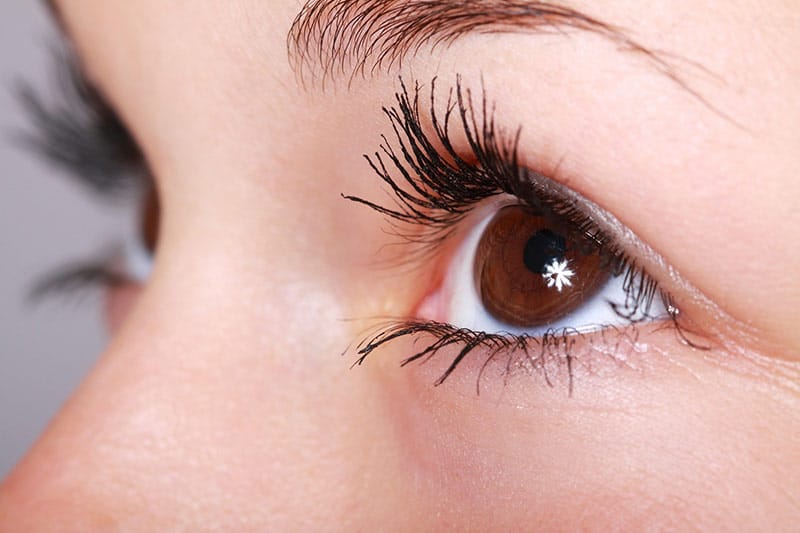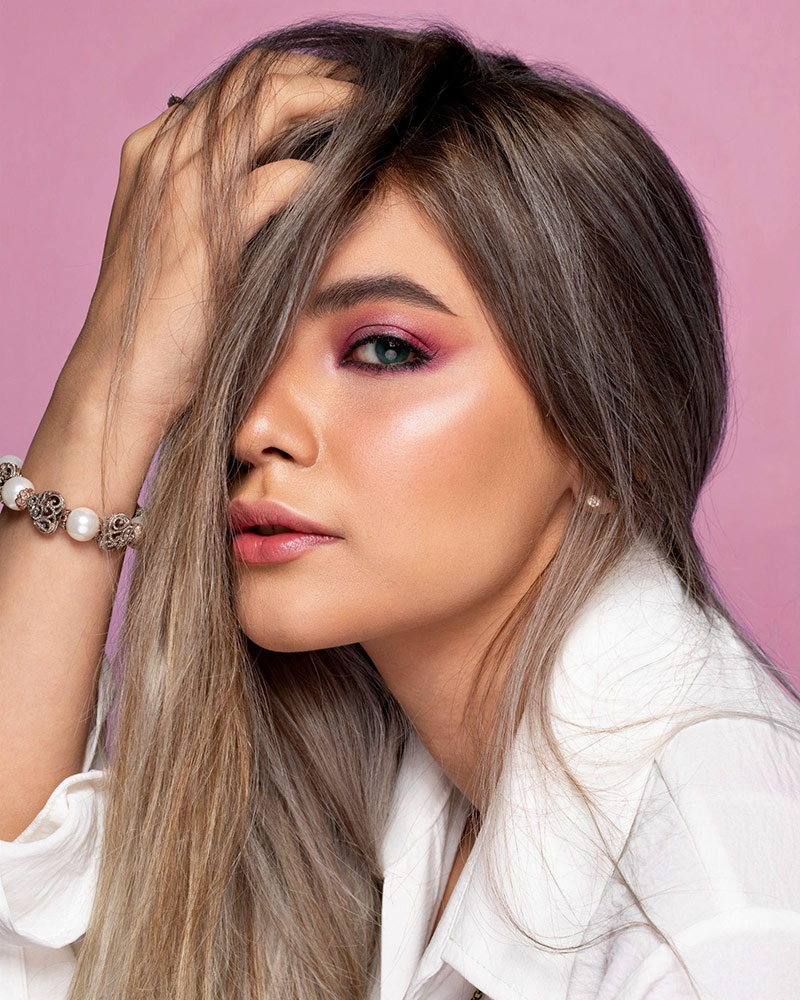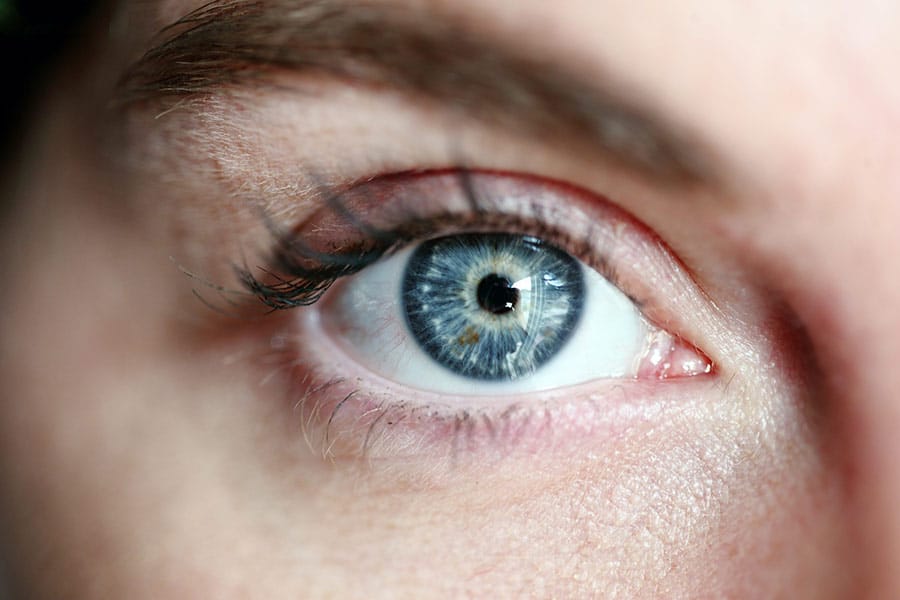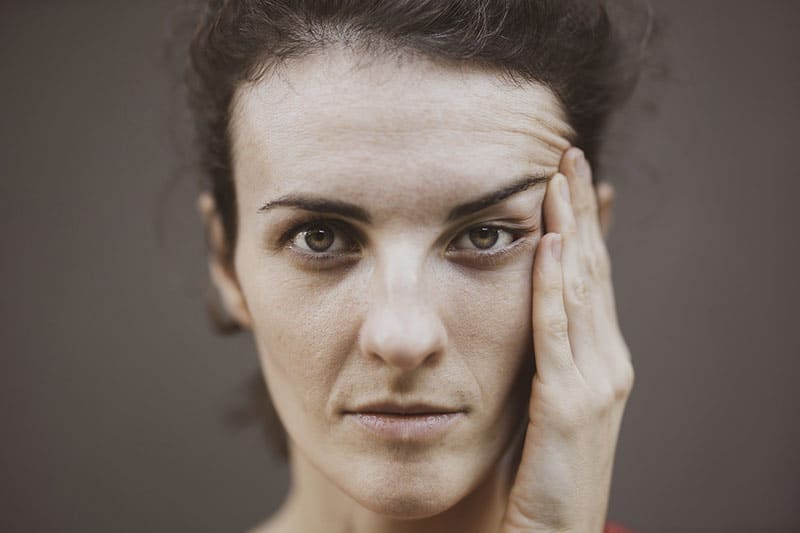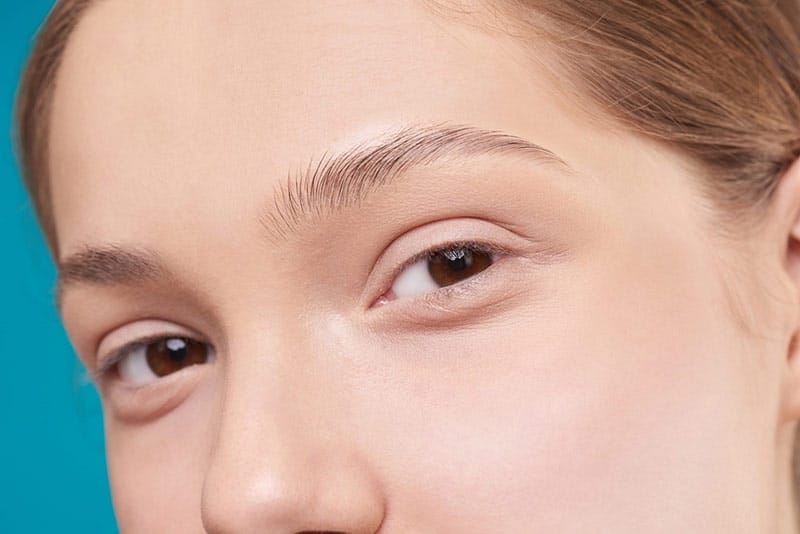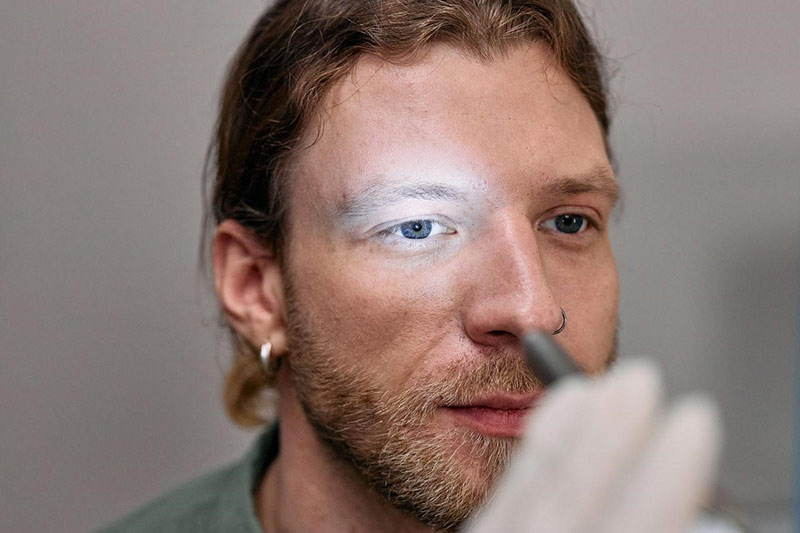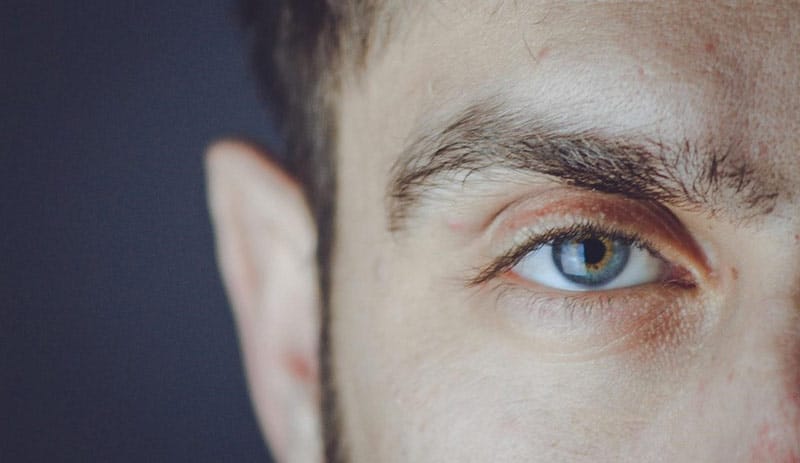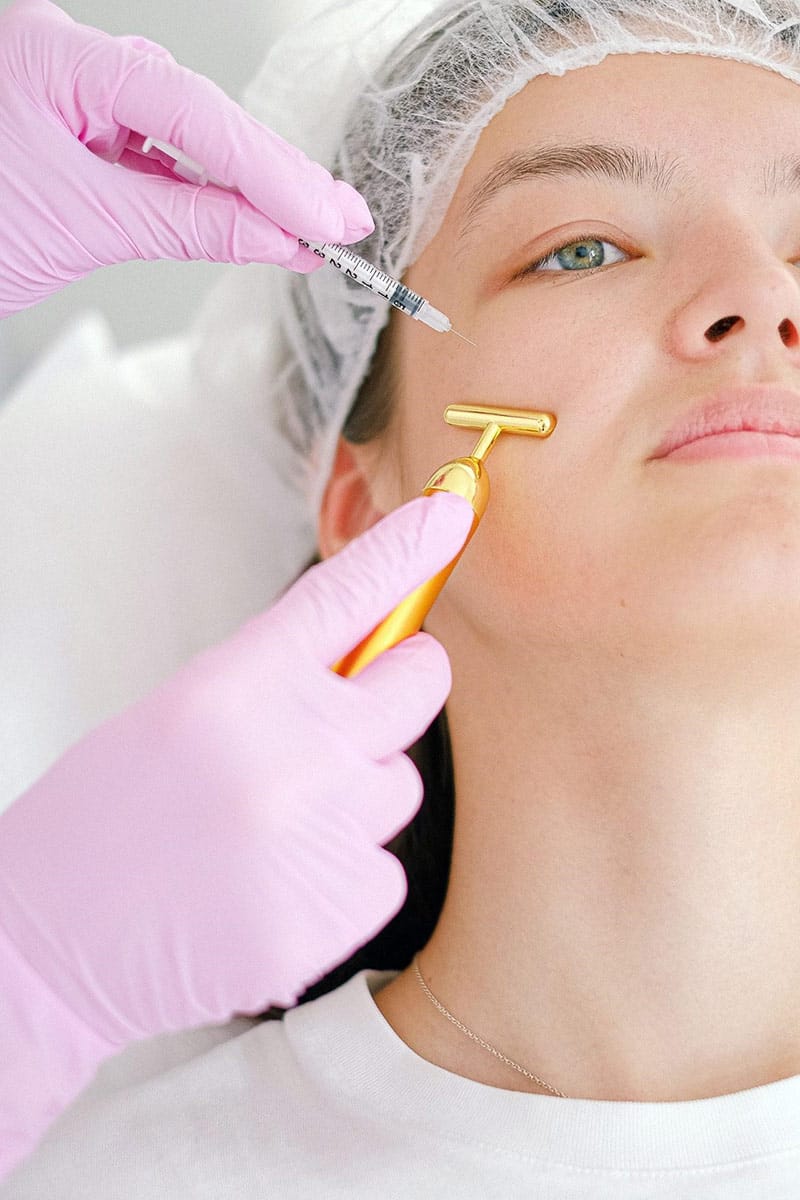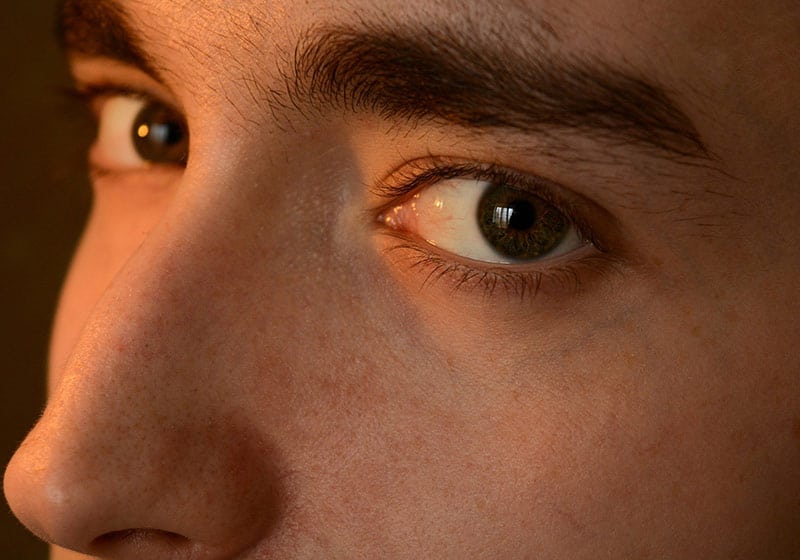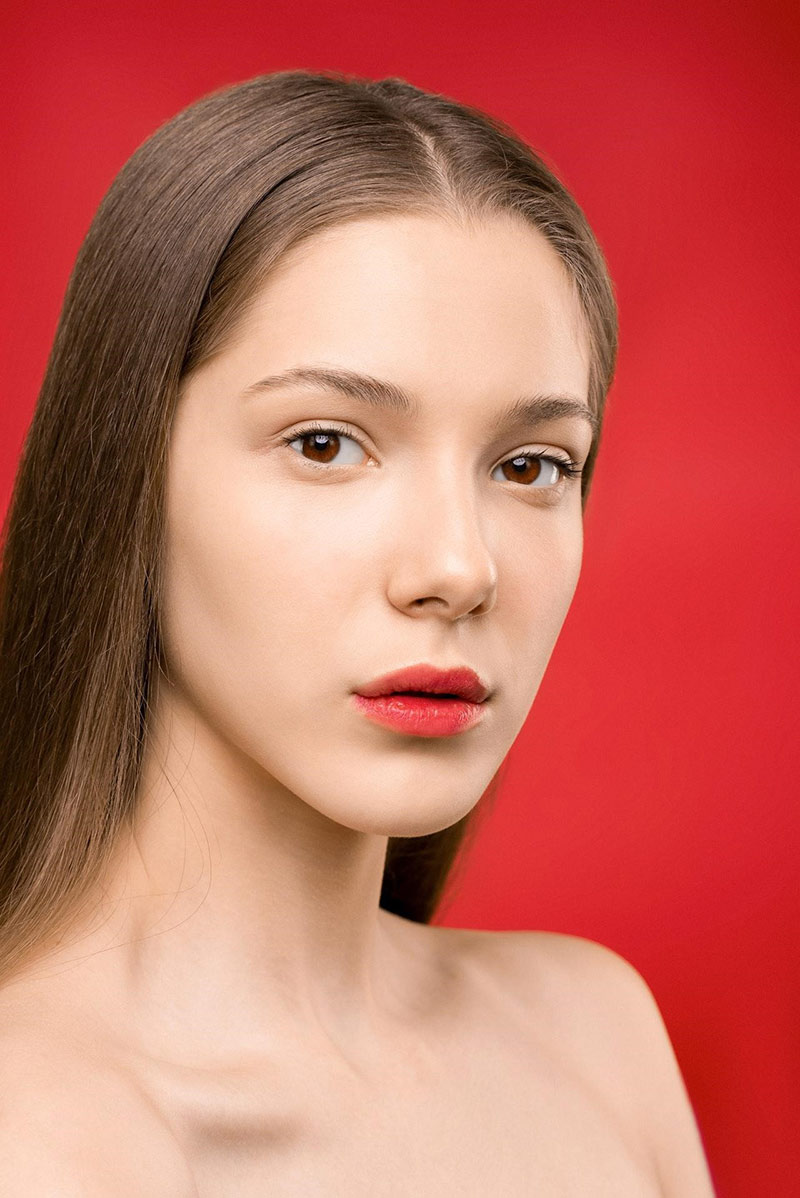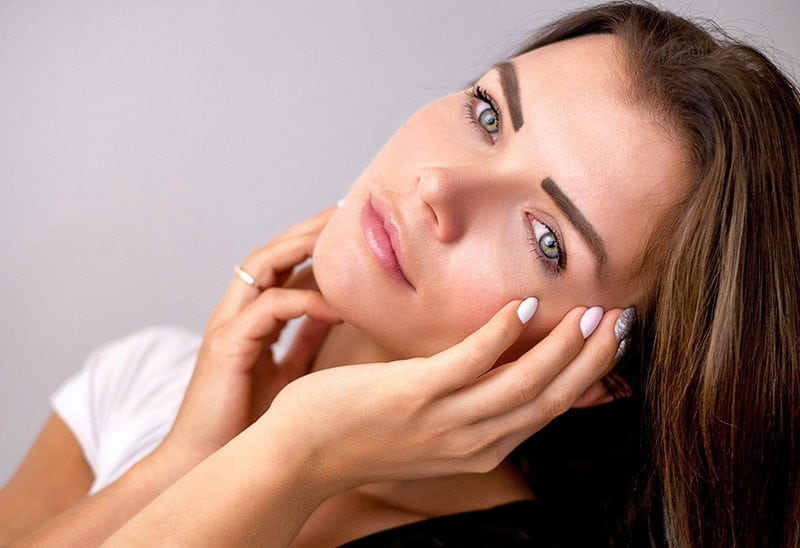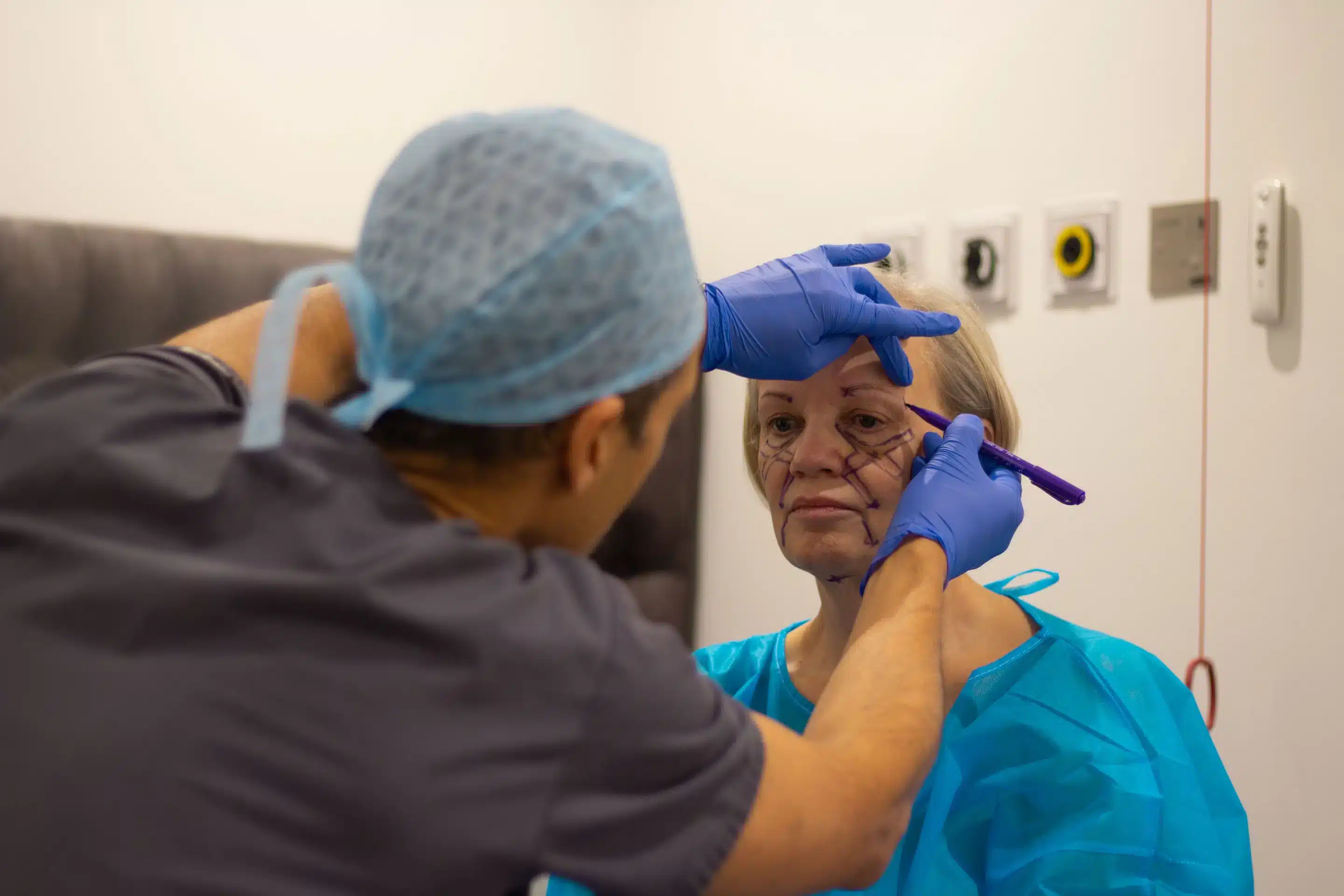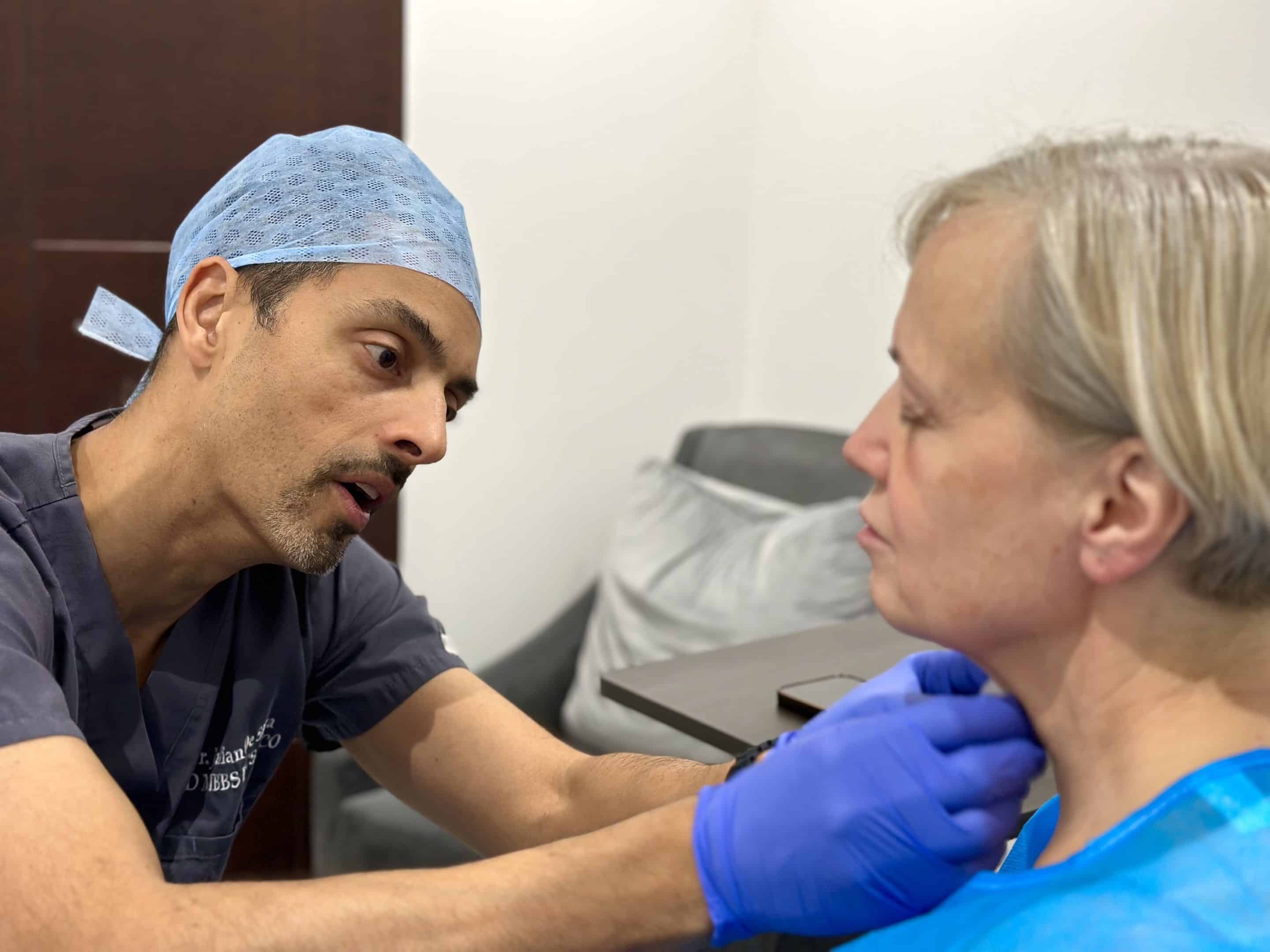Blepharoplasty or eye-lift surgery solves many issues.
Did you know? Eye-lift surgery can solve many issues, including medical and cosmetic ones.
With the many benefits of eye-lift surgery or blepharoplasty, you might have a lot of questions about this procedure. Hence, I created this post so you will be aware of everything you need to know about eyelift surgery.
In this article, I’ll talk about what eye lift surgery is, its benefits, and how the procedure is done. I will walk you through the whole process― before, during, and after the surgery. In addition, I will show you before and after blepharoplasty photos.
What Is Eye-Lift Surgery?
Eyelid surgery is a permanent solution to droopy eyes, eye bags, and dark circles.
Eyelift surgery is a surgical procedure performed on the eyelids. It is also known as blepharoplasty, eye bag surgery and eye bag removal surgery.
Cosmetic surgeons do blepharoplasty for cosmetic and medical reasons. For one, they do eye-lift surgery to remove excess skin. They also do it to reduce bagginess on the lower part of the eyes.
When the excess or sagging skin affects a patient’s vision, surgeons perform blepharoplasty as well.
In addition, eye-lift surgery is usually done along with other procedures like laser resurfacing and brow lifts.
People who have eye-lift surgery mainly do so because of cosmetic issues. These issues are mainly caused by ageing.
Aging can lead the skin to lose its elasticity. The constant pull of gravity and skin ageing can cause hooding and drooping on the eyelids.
Moreover, excess skin on the lower eyelid causes wrinkles and sometimes bulges. An extra fold can also settle over the eyelashes and interfere with a patient’s vision.
The fat that cushions the eyeball can also cause bulges on the eyelids. The thin layer of skin that holds the fat in place weakens with age, causing the fat to appear in the lids.
These issues might be overwhelming, especially if you suffer from them. However, eye-lift surgery can help you solve all of them.
Issues Eye-Lift Surgery Can Solve
Eyelid surgery solves many issues including crow’s feet and excess skin.
Here are the issues eye-lift surgery can solve:
1. Drooping Eyelids
Excess sagging of the upper eyelid characterises drooping eyelids. The edge of the upper eyelid may either be lower (ptosis) or have excess baggy skin (dermatochalasis). Drooping eyelids can either be one or a combination of those conditions.
Usually, muscle weakness, nerve damage, and loose skin cause drooping eyelids. Aging, injury, and diseases can also cause your eyelids to droop.
Drooping eyelids are highly uncomfortable. They also interfere with your vision.
Due to these, patients need to have droopy eye surgery. If you suffer from this condition, you need to consult a surgeon to fix it. Surgery for hooded eyelids is also an option.
2. Eye Bags
Many people think that lack of sleep causes eye bags. Unfortunately, sleep is not the sole culprit.
More often than not, lower eyelid fat prolapse causes eye bags. Lower eyelid fat prolapse is a condition in which the fat around one’s eye socket comes forward. As a result, the fat protrudes and appears in the lower eyelids.
When this happens, a patient’s eye bags become larger and more noticeable.
However, eye bags are a part of the natural ageing process. Unfortunately, you cannot stop ageing. On the bright side, you can have eye-lift surgery to reduce the appearance of your eye bags.
Through blepharoplasty, your surgeon can remove the excess fat pockets under your eyes. As a result, your eye bags become barely visible.
3. Dark Circles
Eye lifts can get rid of dark circles.
As its name suggests, dark skin characterises dark circles. Dark circles are often found under your eyes.
While often linked with redness or bruising caused by an injury or infection, dark circles do not work that way. For one, they last longer than redness or bruising. They also become more visible sometimes.
In addition, shadows cast by puffy eyes or hollows under the eyes cause dark circles. The said issues occur because of ageing.
Dark circles are also associated with eye bags. As you age, the tissue around your eyes becomes weak.
Due to this, fat moves more into the front. Fluid can also accumulate beneath your eyes. This adds to your eyes’ puffiness. These can aggravate or cause dark circles under eyes.
Through eye-lift surgery, your eye’s puffiness decreases. As a result, your dark circles become less visible.
4. Crow’s Feet
Crow’s feet are described as the little lines spreading out from the corners of your eyes. As a common concern among adults, ageing mainly causes crow’s feet.
In a nutshell, your skin acts like fabric. At a young age, collagen keeps it as elastic as possible.
Over time, your collagen levels decrease. This makes your skin susceptible to fine lines and wrinkles when stretched. Combine this natural process with the thinning skin around the eyes, and you get crow’s feet.
Fortunately, eye-lift surgery can help get rid of crow’s feet. Since it’s a surgical procedure, its results last for a long time.
By lifting eyelids, the area around your eye becomes smoother. As a result, your crow’s feet go away.
5. Excess Skin
Excess skin occurs both on the upper and lower eyelids. They can lead to cosmetic and medical issues that negatively affect your life.
As you age, your body’s elastin and collagen levels decrease. Elastin and collagen are substances giving your skin its firmness and support. Since they go down, you become vulnerable to having excess skin.
Sun damage and poor lifestyle choices (e.g smoking, excessive drinking) also contribute to excess skin around the eyes.
Moreover, diseases can cause excess skin. These include diabetes, stroke, and tumors.
When excess skin becomes severe, it interferes with your vision. You won’t be able to see properly. You might suffer from an eye infection as well.
Fortunately, blepharoplasty gets rid of excess skin.
Before and After Blepharoplasty: What You Need to Know
You should know what happens before and after blepharoplasty.
Eye-lift surgery is a major and complex procedure, so you must know how it goes. From pre-op to post-op, I will discuss what usually happens.
Before Eye-Lift Surgery
You need to consult a doctor before getting eyelid surgery.
Before getting the surgery, you need to consult a surgeon who specialises in eye-lift surgery. You can book a consultation with me here.
First, we will talk about your medical history and current condition.
I will ask you questions regarding previous surgeries, if applicable. I will also ask about past or current conditions including eye problems, allergies, and other diseases. In relation to this, I will ask about your use of medications, alcohol, and cigarettes.
Then, we will talk about your goals. Whether it’s increasing your confidence or fixing your line of sight, feel free to talk about whatever your goals are.
Depending on your goals, I will explain whether eye-lift surgery works for you or not. If yes, I might suggest other procedures to achieve your goals.
If you approve and agree with everything discussed, you can set an appointment for the surgery.
Preparing for Eye-Lift Surgery
Preparing for eyelid surgery involves avoiding cigarettes and certain medications.
To prepare for eye lift surgery, you have to go through some examinations. These include measuring your eyelids, testing your tear production, and examining your eyes. The practitioner will also test your peripheral vision.
In addition, the staff will take photos of your eyes from various angles. These photos aid with planning the surgery, assessing its immediate and long-term effects, and supporting an insurance claim.
Moreover, you have to stop taking aspirin, ibuprofen, and any other medication associated with increased bleeding. Your doctor will tell you when you need to stop ingesting these.
If you are smoking, you need to stop weeks before your surgery, as smoking can reduce your ability to recover faster.
Lastly, arrange for someone to drive you to and from surgery. Plan ahead to have someone stay with you for the first night after returning home from surgery.
During the Surgery
Eyelid surgery involves incisions and fat transposition.
Eye lifts involve many techniques. The necessary techniques depend on your needs, goals, eye condition, and anatomy.
To give you an idea of what to expect during surgery, I will explain how eye lifts usually go.
There are two kinds of blepharoplasty― upper and lower. Upper blepharoplasty is done on the upper eyelids, while lower blepharoplasty is done on the lower eyelids.
Before the surgery, I mark the target area. This helps me know exactly where to make the incisions. The marks serve as accurate guides for the operation.
Then, I will administer sedation anaesthesia. I do sedation because of its safety. It also facilitates recovery faster than general anaesthesia.
After this, depending on the type of eyelid surgery, I will either operate on your upper eyelid, lower eyelid, or both.
Upper Blepharoplasty
Upper blepharoplasty involves the upper eyelids.
During upper eyelid surgery, I make incisions on your upper eyelids.
For the majority of patients, I use the eyelid’s crease as a guide to make the incision, unless you suffer from asymmetry. I also won’t do this if your crease does not produce natural-looking results.
Then, I will move the excess skin. I have to do this carefully because inadequate removal results in residual hanging skin. On the other hand, removing too much skin leads to dry eyes.
If you have bulging fat pockets on your upper eyelids, I will remove them as well. I will open a fibrous layer called the orbital septum to reveal your orbital fat pockets.
After this, I will immediately transfer the fat below the eyelid to the cheek. This process is called fat transposition.
Once the fat and excess skin are removed, I will stitch your skin up. I do this carefully. This process tightens and smooths out your upper eyelid.
Depending on your goals, you might have to go through other complementary procedures.
Lower Blepharoplasty
Lower blepharoplasty involves the lower eyelids.
During lower eyelid surgery, I make incisions on your lower eyelids.
I make an incision inside the lining of each eyelid. I use a special instrument depending on your needs (CO2 laser or monopolar electrocautery machine).
This prevents instant bleeding and reduces swelling after the surgery. The soft tissues are then supported both on the upper and lower parts.
Then, I open a fibrous layer called the orbital septum. This reveals your eye’s orbital fat pockets.
Eye bags and dark circles develop because of fat pushing forward. Thus, I take a conservative approach to fix this issue. I immediately transfer the fat below the eyelid to the cheek. This process is called fat transposition.
Once the fat and excess skin are removed, I will stitch your skin up. I do this carefully. This process tightens and smooths out your under eye.
To improve the result, I use a canthopexy stitch to support the lower eyelid. This stitch is not visible and dissolves a few weeks after the surgery.
Depending on your goals, you might have to go through other complementary procedures.
After Eye-lift Surgery
You have to follow guidelines to quickly recover from eyelid surgery.
Once the surgery is done, you have to stay for recovery in the facility. The staff will monitor you during this time for any complications. You can go home after the staff clears you.
You should have someone drive you home after the eyelid procedure. Your vision is not stable yet, so you cannot drive.
After the surgery, you may temporarily experience:
- Blurred vision
- Watery eyes
- Light sensitivity
- Double vision
- Puffiness Eyelids
- Numb Eyelids
- Swelling
- Bruising
- Pain or Discomfort
Take note, these effects are temporary. You will recover from them soon enough.
In addition, you can take the following steps to facilitate and speed up your recovery:
- Apply ice packs on your eyes for 10 minutes every hour the night after surgery. The following day after the surgery, apply ice packs on your eyes four to five times throughout the day.
- Carefully clean your eyelids.
- Use prescribed eye drops or ointments.
- Refrain from straining, heavy lifting, swimming, and other intense activities for two weeks.
- Avoid smoking.
- Avoid rubbing your eyes.
- If you use contact lenses, don’t put them on for about two weeks after the surgery.
- Use dark-tinted sunglasses to protect your eyes from the sun and wind.
- Sleep with your head elevated days after the eyelid surgery.
- Avoid aspirin, ibuprofen, and other medications or supplements that may increase bleeding for one week.
Eyelid Surgery Before and After Photos
Patient 1: This 27-year-old female patient suffered from large eye bags and tired-looking eyes. She wanted natural results, so people would not know she had surgery.
She had upper and lower eyelid surgery at my clinic. As a result, her eye bags became barely visible. Her eyes also became more alive. In addition, the surgery gave her a more youthful look and brought out the beauty of her green eyes.
Patient 2: This 61-year-old male patient suffered from tired- and angry-looking eyes. This issue affected his work, since people around him thought that he’s always angry and tired.
He had upper and lower eyelid surgery at my clinic. As a result, his eye bags became barely visible. His appearance softened and his eyes became more alive. He also does not look angry or tired all the time.
Patient 3: This 50-year-old female patient from heavy upper eyelids. This made her uncomfortable and tired-looking.
She had upper eyelid surgery and skin resurfacing at my clinic. As a result, her upper eyelids became lighter. She also looked more alive and youthful.
Conclusion
From annoying crow’s feet to heavy eye bags, eye-lift surgery can get rid of many issues. It can also give you more confidence and self-esteem.
If you are interested in blepharoplasty UK, contact us for a consultation today!

